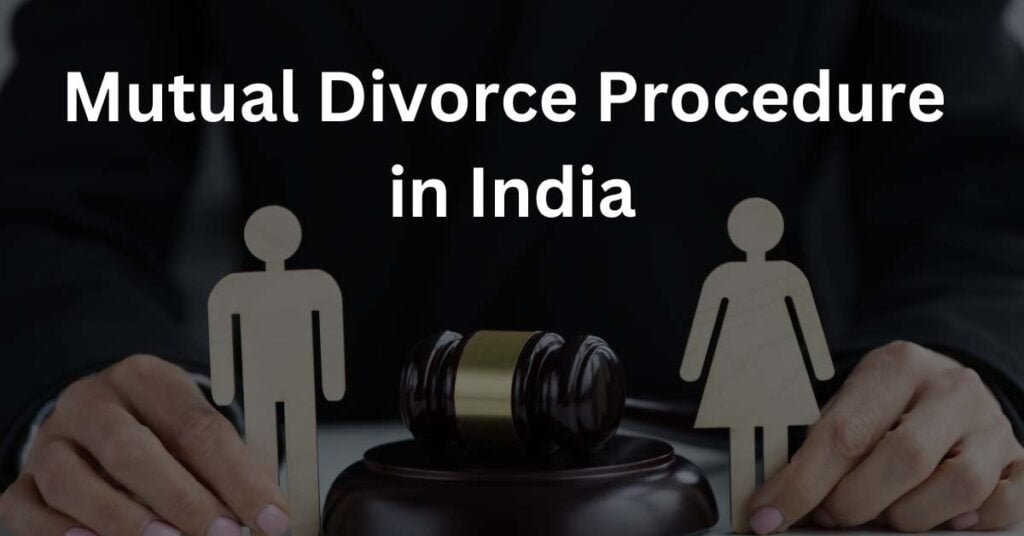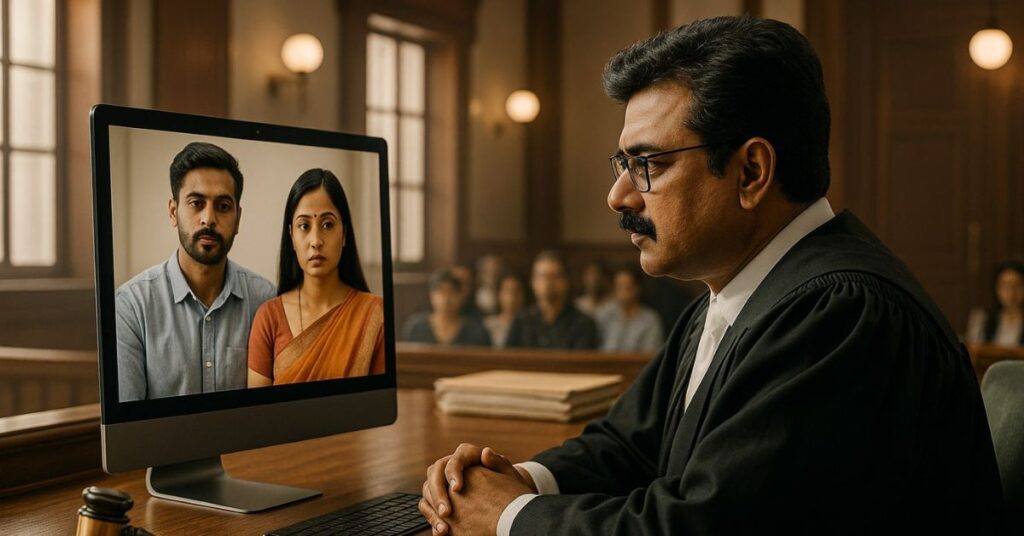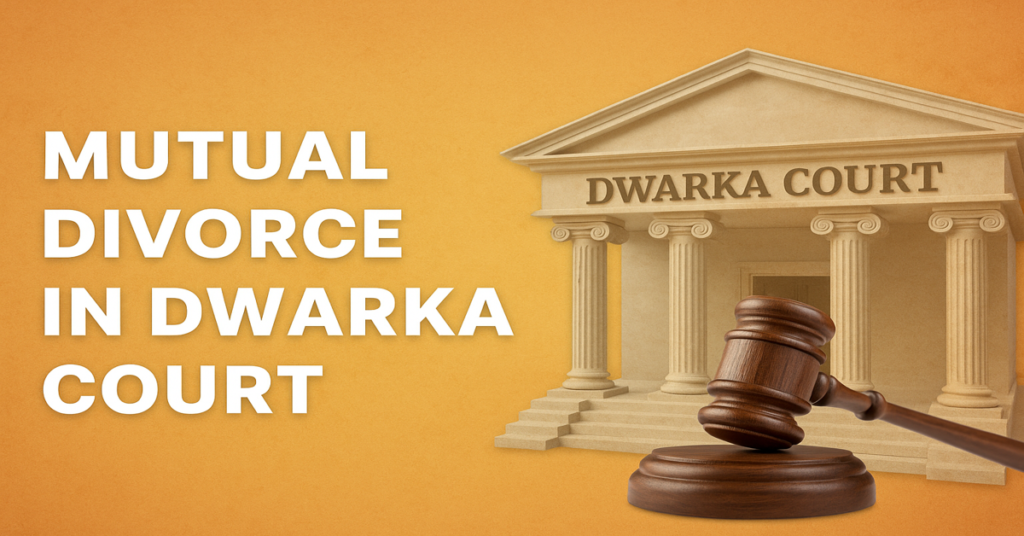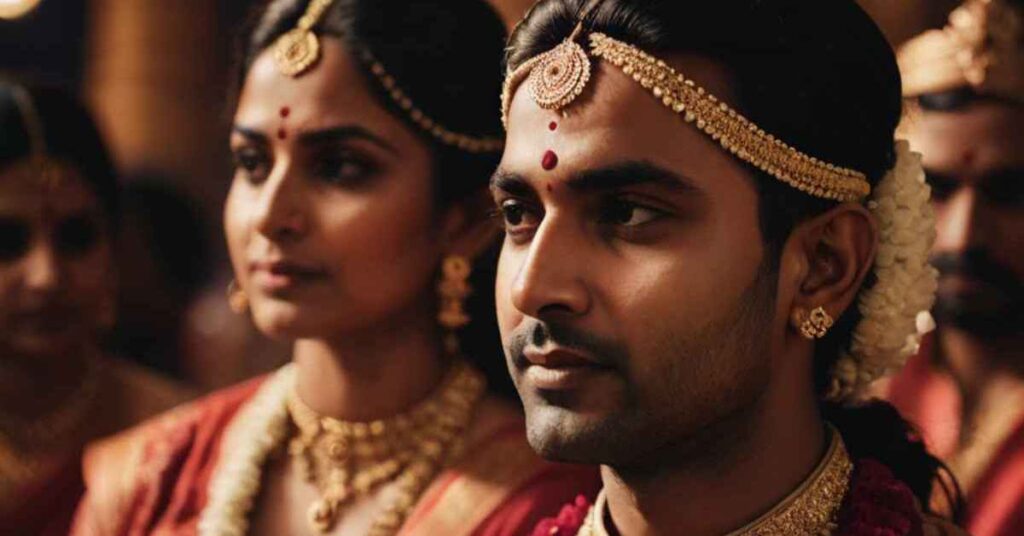Table of Contents
1. Understanding the Concept of Mutual Divorce
Mutual divorce, also called uncontested divorce, happens when both spouses decide together to end their marriage. It’s a peaceful process where they agree to divorce without blaming each other. They work together to settle important matters like child custody, dividing property, and financial support. This type of divorce is cost-effective and quicker. Most importantly, it’s less stressful and emotionally draining for both husband and wife, as it involves less conflict. This article explains how Hindus, Sikhs, Christians, and Parsis in India, as well as those married under the Special Marriage Act, can go through the mutual divorce procedure.
2. Eligibility Criteria for Mutual Divorce
A husband and wife can file for mutual divorce if:
- they have been living separately for at least a year.
- they agree to the divorce and not put any blame on each other.
- they have mutually decided on terms like Child Custody, Maintenance, Alimony, and division of assets.
3. Meaning of 'Living Separately' for Mutual Divorce
The term ‘living separately’ in the context of mutual divorce implies not cohabiting as husband and wife. It’s not dependent on the physical location but on the relationship dynamics. Even if the parties reside in the same place due to circumstances, they may not be functioning as a married couple. Conversely, living in different houses doesn’t necessarily preclude them from maintaining a husband-and-wife relationship. The crucial factor is the absence of a desire to fulfill marital obligations, and it is with this mindset that they have been living apart.
4. Initiating the Mutual Divorce Process
Deciding to initiate a mutual divorce is a major life choice, and it’s essential to approach it thoughtfully. Before taking this significant step, we recommend discussing your decision with family, friends, or relatives to gain insights and support. Additionally, considering the guidance of a marriage counselor can provide valuable perspectives and help you navigate this emotional process. Taking the time to discuss, contemplate, and seek advice ensures that you’re prepared for the journey ahead.
Once you’ve carefully thought it through and made the decision to proceed, the next step is to approach a Family Lawyer or a Family Law Firm in your city. If you live in Delhi, Noida, Mumbai, Chennai, Gurugram or Bengaluru, then you can fill out our Mutual Divorce Application Form. This form initiates the formal process of mutual divorce with FAM Legal law firm, which operates in the above mentioned five cities.
5. Role of Family Law Professionals in the Mutual Divorce Procedure
Family Law professionals play a crucial role in guiding individuals through the intricate process of mutual divorce. Their expertise helps in understanding the legal requirements, filing necessary paperwork, and ensuring that all aspects of the divorce align with the law. These professionals provide valuable insights into the rights and responsibilities of each party, facilitating fair negotiations. Additionally, they represent their clients during court proceedings, ensuring that legal procedures are followed accurately. The role of family law professionals in a mutual divorce is to offer support, clarity, and representation, making the entire process more manageable for those seeking to end their marriage amicably.

6. Complete the Paperwork: Mutual Divorce Petition
A Mutual Divorce Petition is a formal request submitted to the court by both spouses expressing their joint decision to end their marriage. This document outlines the terms and conditions agreed upon by the couple, covering aspects such as child custody, financial support, property division, and other relevant matters. The petition serves as a legal declaration of the mutual consent of both parties to seek a divorce. It initiates the legal proceedings and provides the court with essential information to evaluate the agreement and issue a decree of divorce. Filing a Mutual Divorce Petition is a pivotal step in the process, marking the formal beginning of the journey toward a legal and amicable separation. This petition is prepared under the applicable act based on the marriage solemnization between the husband and wife. For instance:
- Marriage solemnized as per Hindus and Sikhs rites are governed by The Hindu Marriage Act, 1955.
- Marriage solemnized as per Christian rites are governed by The Divorce Act, 1869.
- Marriage solemnized as per Parsi rites are governed by The Parsi Marriage and Divorce Act, 1936.
Apart from these personal laws, a couple may choose get married under The Special Marriage Act, 1954 as well. The mutual divorce procedure under all these four acts is more or less the same.
7. First Motion Hearing
The First Motion Hearing is the initial appearance before the family judge, where the court does not grant an immediate divorce. Instead, it provides time for the couple to reflect on their decision before proceeding with further hearings. During this hearing, the judge reviews the case details and ensures that both parties are fully informed, allowing them the opportunity to reconsider their choice to divorce. This stage emphasizes thoughtful consideration and encourages informed decisions in the divorce process. The Judge may send the couple for marriage counselling at this stage.
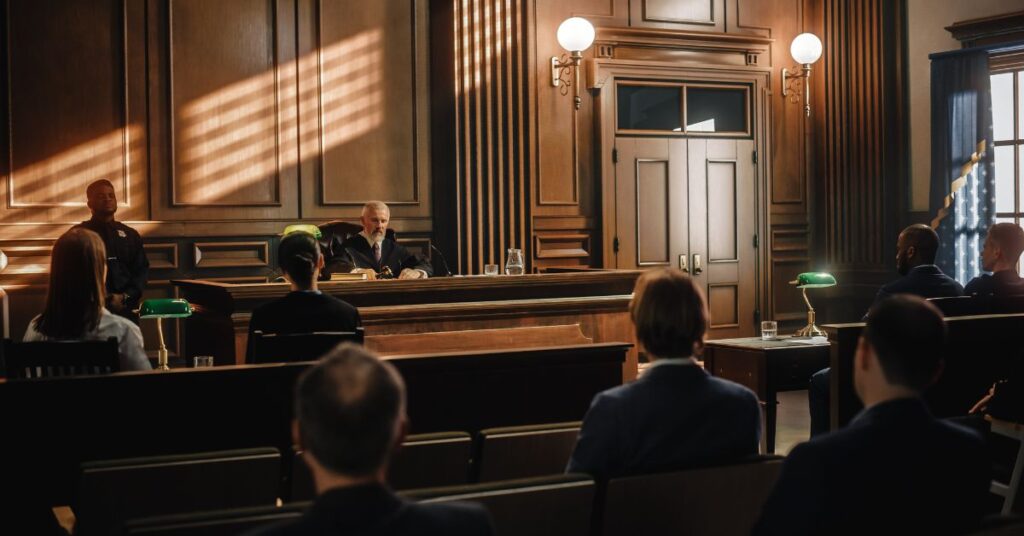
8. Cooling off Period and Living Separately
The Cooling off Period, often spanning 6 months in mutual divorce cases in India, allows couples to contemplate their decision before the court finalizes the divorce. However, if the couple has been living separately for more than 18 months, the family court has the discretion to waive off the standard six-month waiting period. This provision acknowledges unique circumstances and offers flexibility in cases where a more extended separation already exists, potentially expediting the overall divorce process.
9. Second Motion Hearing
The Second Motion Hearing is the final step in mutual divorce, where the judge grants the divorce. This happens when the judge is convinced that the marriage cannot be saved. During this hearing, the judge reviews all the details and ensures that the legal process has been followed. If everything is in order and the judge believes that saving the marriage is not possible, the divorce is officially approved, concluding the mutual divorce process for the couple.
10. Mutual Divorce Decree
A Mutual Divorce Decree is a crucial document issued by a family judge, serving as conclusive proof of the divorce. This official decree marks the final step in the mutual divorce process, affirming that the marriage between the spouses has legally come to an end. It outlines the terms agreed upon during the divorce proceedings, including matters like child custody, alimony, and property division. This document holds significant legal weight, providing irrefutable evidence of the dissolution of the marital bond as recognized by the family court. Once the Mutual Divorce Decree is issued, it formally concludes the divorce proceedings and establishes the legal status of the separated individuals.

Conclusion
In wrapping up this comprehensive guide on the Mutual Divorce Procedure in India, we’ve navigated through crucial steps to understand this legal process. Mutual divorce, also known as uncontested divorce, provides a peaceful route for couples to end their marriage without blame and with shared decision-making. It’s a quicker and less emotionally draining option. The eligibility criteria emphasize living separately for at least a year and mutual agreement on terms like child custody and asset division.
Initiating the process involves thoughtful consideration, discussions with family or a counselor, and the completion of a Mutual Divorce Petition. Family law professionals play a vital role in guiding individuals through this intricate journey, providing support and clarity. Completing the paperwork involves understanding the applicable act based on the marriage solemnization.
The First Motion Hearing allows couples time to reconsider before the court finalizes the divorce, and a cooling-off period adds further reflection time. The Second Motion Hearing is the pivotal moment when the judge grants the divorce, convinced that the marriage cannot be saved. The issuance of the Mutual Divorce Decree serves as conclusive proof, marking the legal end of the marriage.
In essence, this guide aims to empower individuals with the knowledge to navigate the mutual divorce procedure in India, fostering informed decisions and a smoother journey towards a new chapter in life.
